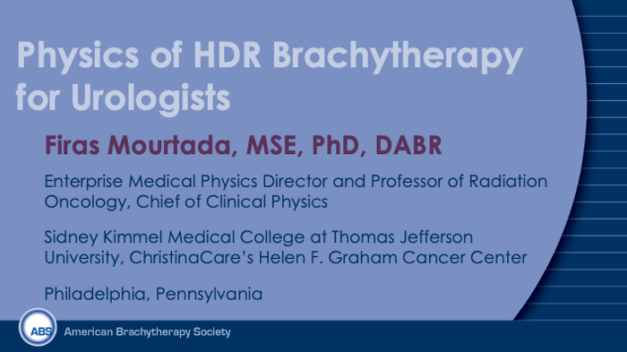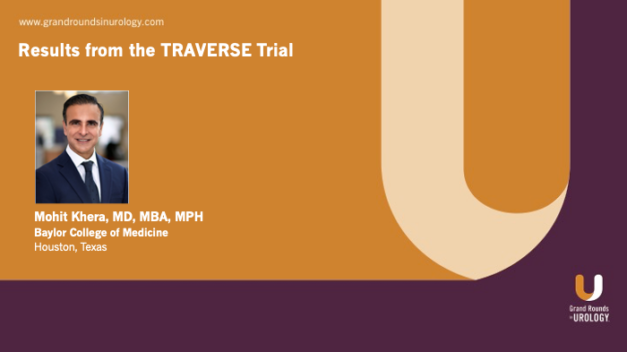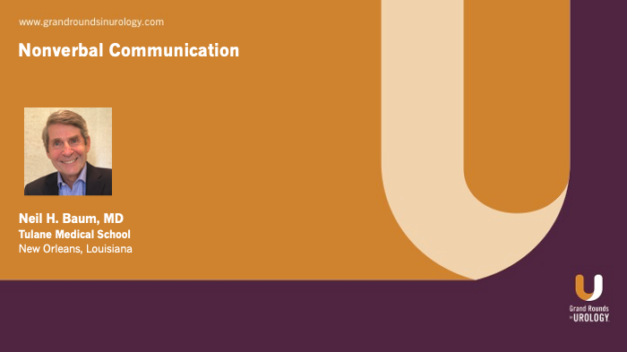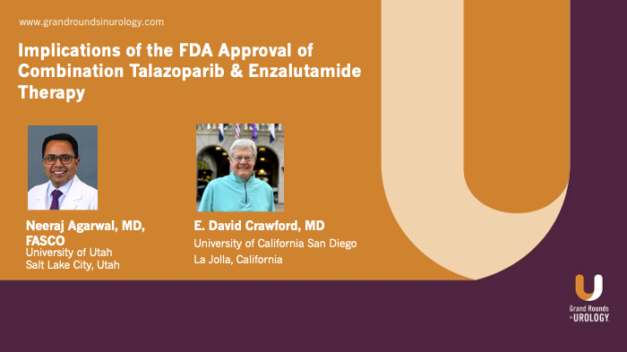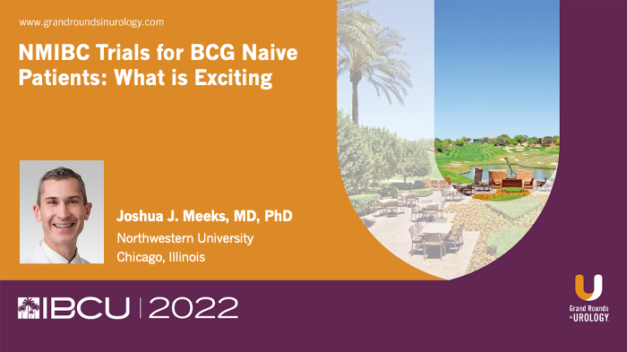Physics of HDR Brachytherapy for Urologists
Firas Mourtada, MSE, PhD, DABR, discusses the physics of high-dose rate (HDR) brachytherapy in this talk sponsored by the American Brachytherapy Society (ABS). Dr. Mourtada enumerates prostate cancer treatment options before identifying HDR brachytherapy as the ultimate approach for dose escalation, asserting that with image guidance, HDR for prostate can be implemented safely and result in an increase in biochemical disease-free survival.
Dr. Mourtada describes the advantages of HDR brachytherapy technology and illustrates how brachytherapy delivers high dose within the prostate, with less dose to surrounding normal tissue. He enumerates advantages such as bringing the source close to the target, using inverse-planning, and the potential for high-efficacy combined with lower-risk of toxicity or secondary malignancy.
Dr. Mourtada reviews common radionuclides in brachytherapy before defining HDR and addressing methodology, workflow, and equipment involved in using transrectal ultrasound (TRUS) for prostate brachytherapy. He explains the feedback loop and illustrates the iterative contouring and reconstruction of the gland that takes place during this workflow and the optimization settings involved.
Dr. Mourtada turns to radiation safety, emphasizing the importance of time, distance, and shielding and citing regulatory radiation safety programs, ALARA (as low as reasonably achievable,) and QMP (Quality Management Program.) He reviews radiation terminology and emphasizes the importance of radiation dosimeters and required radiation area signs.
Dr. Mourtada then concludes that prostate HDR with real-time image guidance provides high-quality implants with an efficient process using inverse planning, HDR radiation exposure is minimal due to the afterloading technology and ALARA controls, and quality management steps are essential to providing high-quality HDR implants.
Read More
